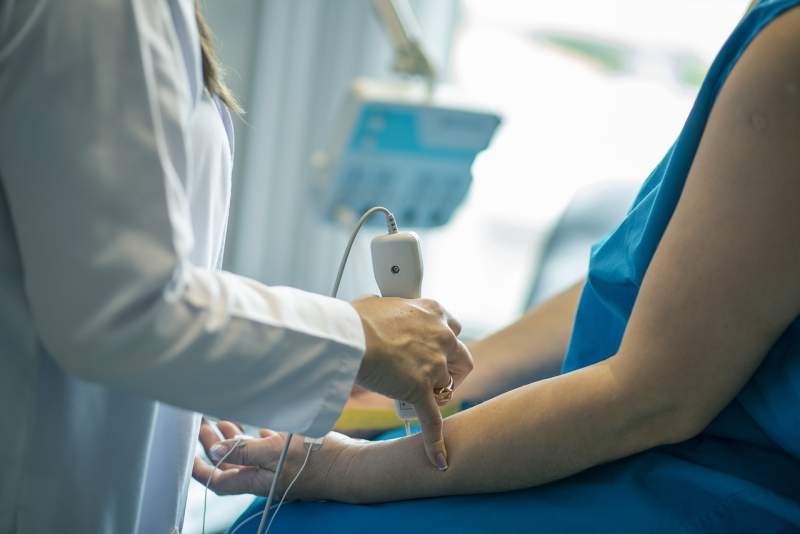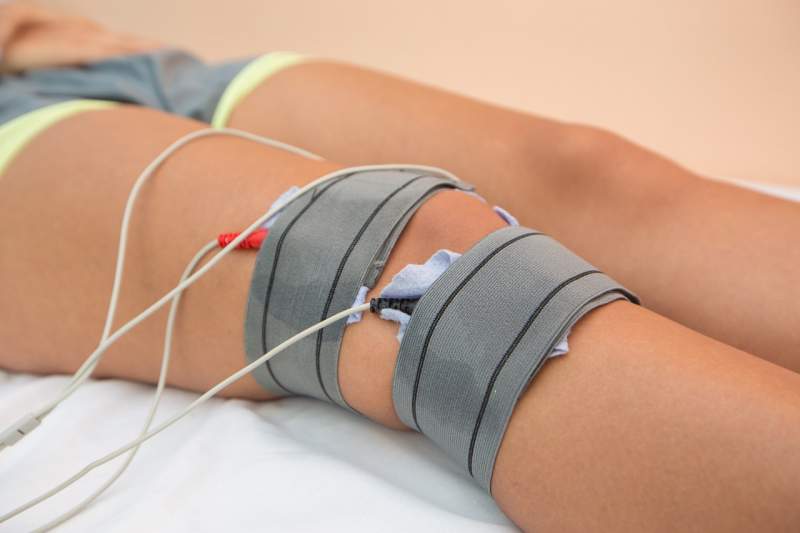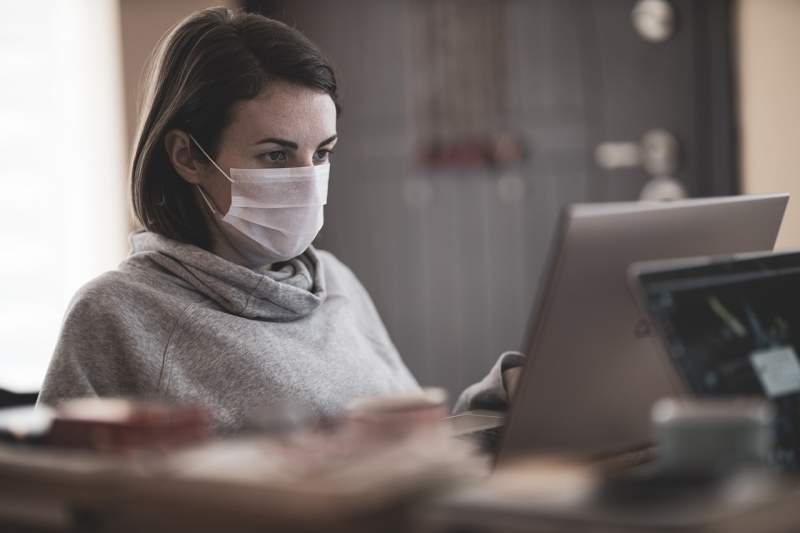Varicose veins are enlargements of the veins that can be blue, red, or fleshy in colour. They resemble cords and are often twisted and bulging. They can swell up and rise above the skin’s surface. Varicose veins can be discovered on the inside of the leg, the backs of the calves, or the thighs. Varicose veins can occur around the vagina and buttocks during pregnancy.
If you experience severe problems with many varicose veins that can be seen beneath your skin, you may feel embarrassed and feel the need to stay covered up, causing self-consciousness.
What causes Varicose Veins?
The biggest complaint from those who suffer from spider veins is the appearance that they cause. It may not be such a bothersome issue if the bulging veins appear in locations on the body that are typically covered by clothing, but some sufferers get them in highly visible locations causing them to become self-conscious about their appearance.
Women suffer the most from varicose veins. Varicose veins are large, inflated veins on the legs caused by inadequate circulation in the veins that return blood from the legs and return it to the heart, so the reason men suffer from them less is that men’s legs are more muscular, which helps keep blood pumping through the body’s system.
Most of the time, varicose veins are a long-term issue, meaning that if you ever start seeing them appear, they will likely become a recurring issue for you. The most common time to have spider veins begin appearing through the skin is during a pregnancy. Pregnancy related varicose veins may go away after having the child, but for many, they do not and treatment will be necessary to alleviate them and you can easily get affordable treatment cost and best doctors through Treat Pa.
For some, cosmetics are not the only concern. Varicose veins cause some to have aching pains and discomfort where the enlarged veins are located. This discomfort often leads to the sufferer seeking effective treatment.
On occasion, varicose veins may be signaling an issue that the sufferer has more in depth circulatory issues present. If there is a genetic history in your family of circulatory problems, or you are concerned about them for any reason other than cosmetically, an evaluation should be done by your physician.
Varicose Vein Diagnosis

Your legs will be physically checked during your initial consultation. Your doctor may draw a simple sketch of your legs, mapping out the areas affected by varicose veins or other problems.
During the assessment, your ankle will be examined for signs of more significant “deep vein” disorders, which are commonly indicated by swelling, ulcers, or skin abnormalities.. Your surgeon may refer you to a separate specialist for additional assessment if such issues are discovered. Sclerotherapy of the surface veins will be ineffective unless the bigger veins are treated first..
Varicose Veins Treatment Options

Spider veins are frequently treated with sclerotherapy, which involves injecting medication into the veins by tiny needles.
Another popular form of treatment is laser treatment, which lessens the visible appearance of the varicose veins.
However, these invasive options are not viable, reasonable options for most that suffer from unsightly spider veins. There are alternatives that are less obtrusive..
Surgical treatment is not the only option and should be a last resort after failed attempts on other methods of treatment available . The surgical procedure, called vein stripping, has risk factors that should be considered. The patient will have to undergo anesthesia, either general or spinal for this procedure. The surgery is invasive and incisions will be made in order to remove and lessen the appearance of the varicose veins, posing many risks for the patient. Also, numerous procedures may need to be done depending on the severity of the varicose veins on the patient.
As stated, surgical treatment should be a last option, as there are many options that carry many less risk factors. Alternative treatments are available and should definitely be tried before resorting to surgical methods of varicose vein removal.
Non-surgical varicose veins treatment methods vary, but there is an array of options available that really work and that can help the sufferer to be less self-conscious and feel better about themselves.
Preparing for your treatment

You will receive specific instructions from your physician on how to prepare for the varicose vein procedure. Following the doctor guidelines will make the procedure run more smoothly. On the day of your surgery, you will be told not to use any form of moisturiser, sunscreen, or oil on your legs.
You may want to bring shorts to wear during the injections, as well as your physician-prescribed support hose, and slacks to wear home. Keep in mind that your legs may be bruised or slightly discoloured for several weeks after the surgery.
Reference:
